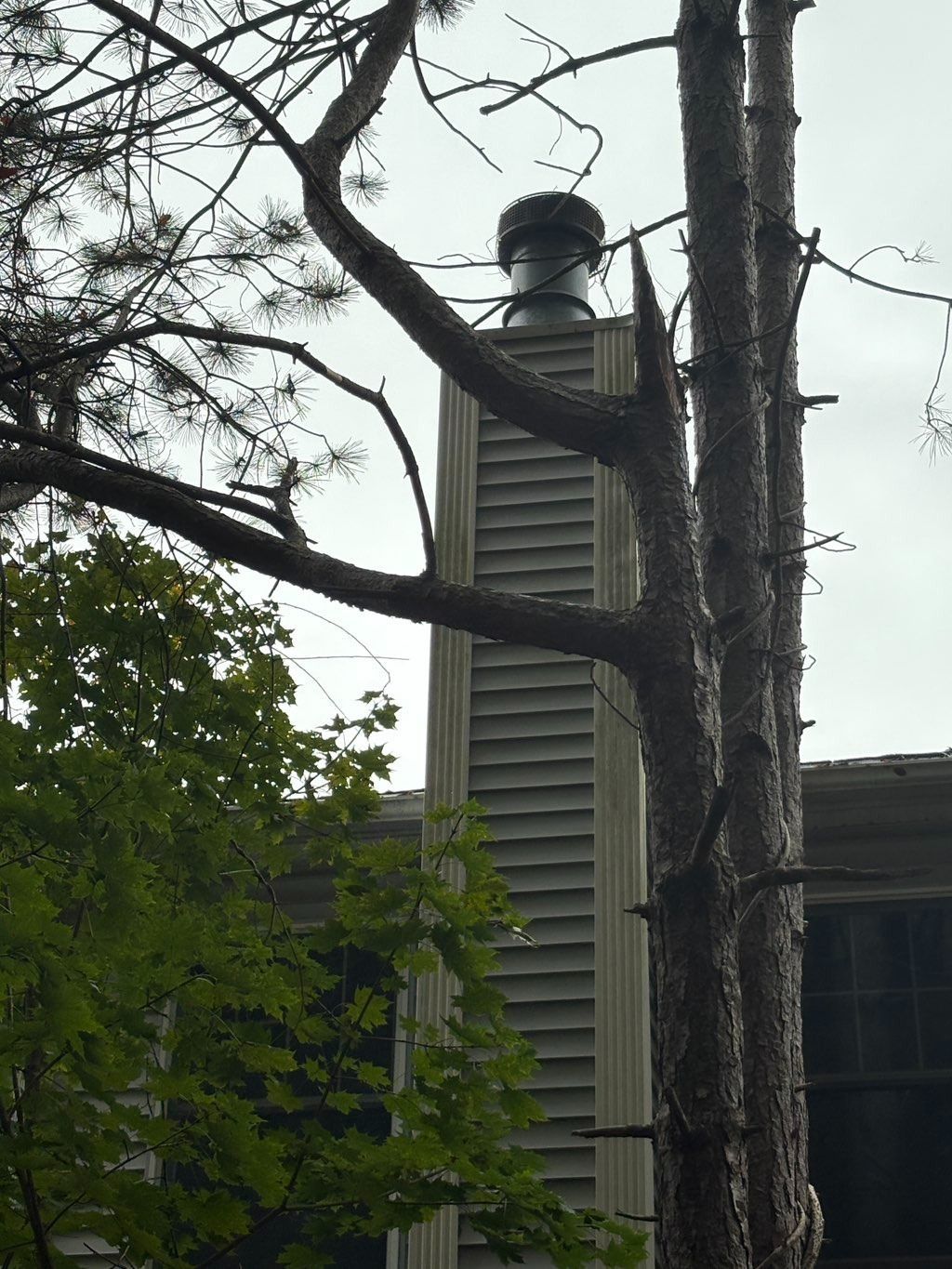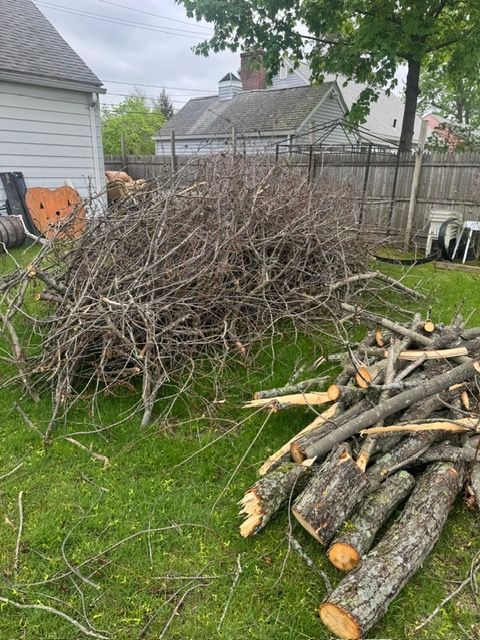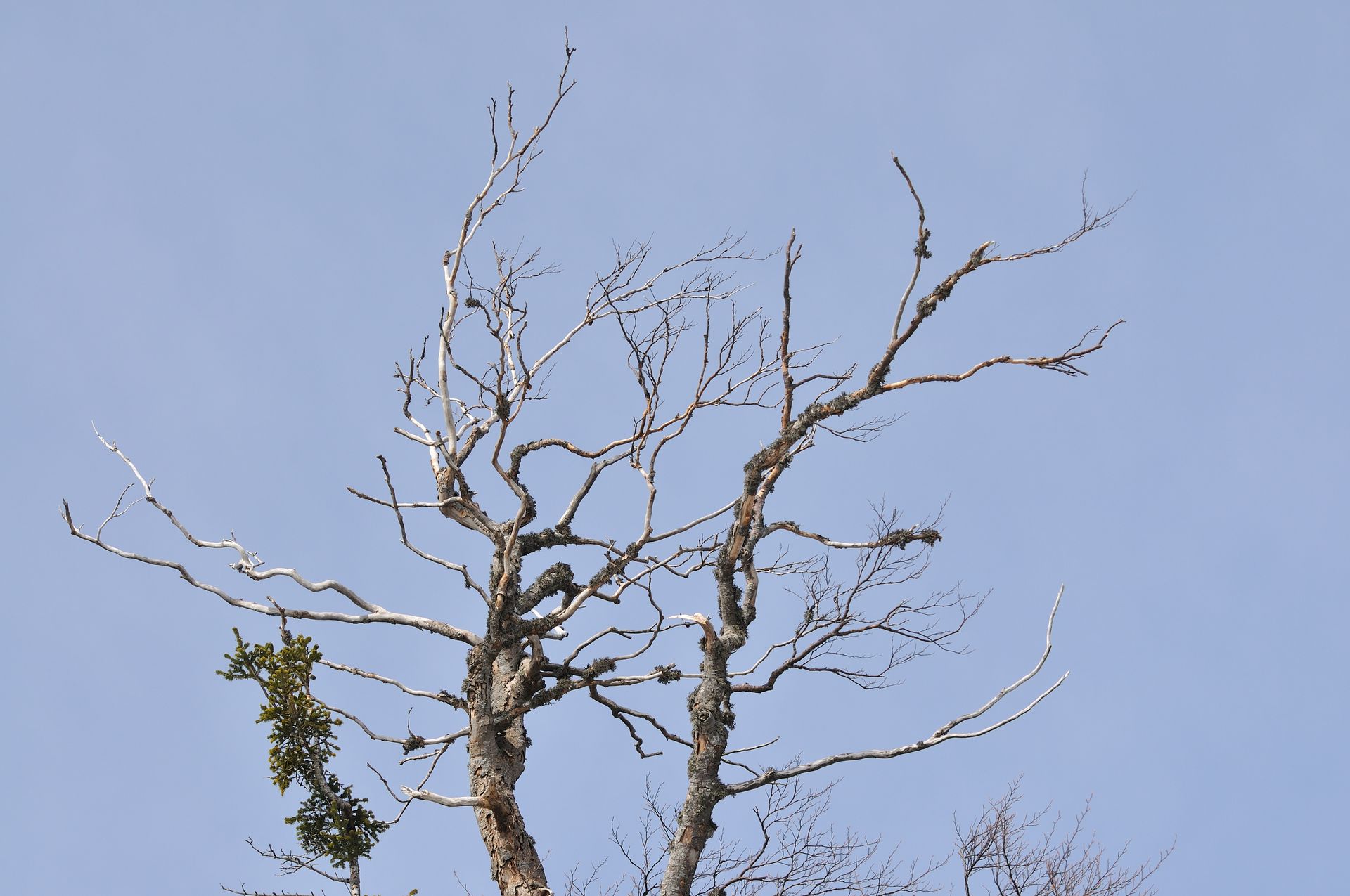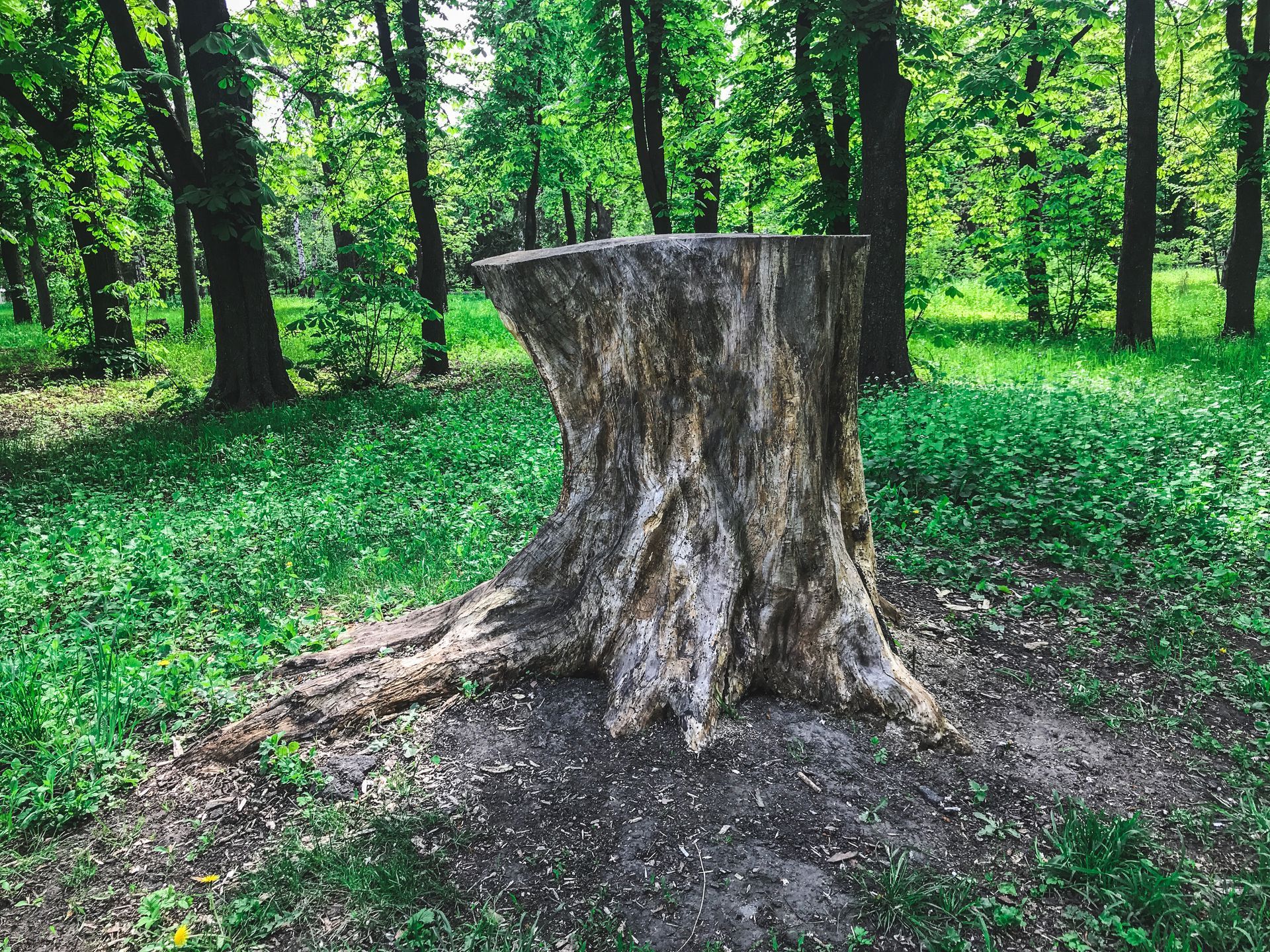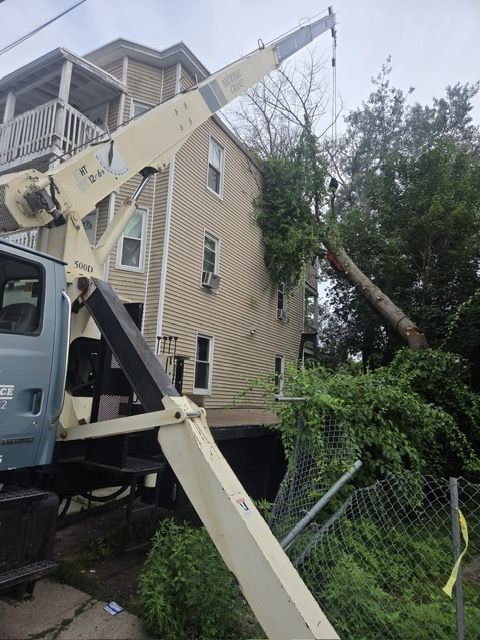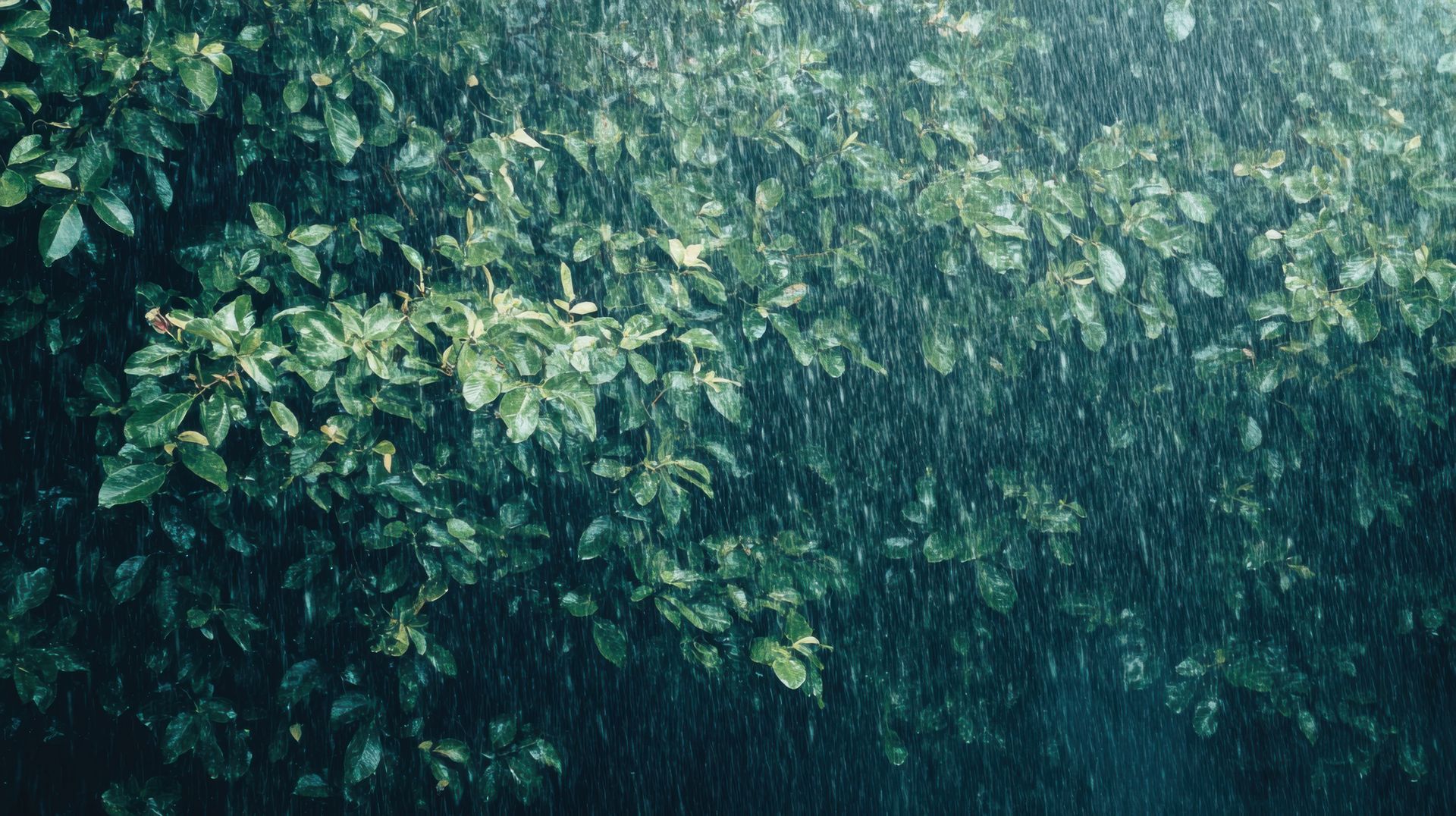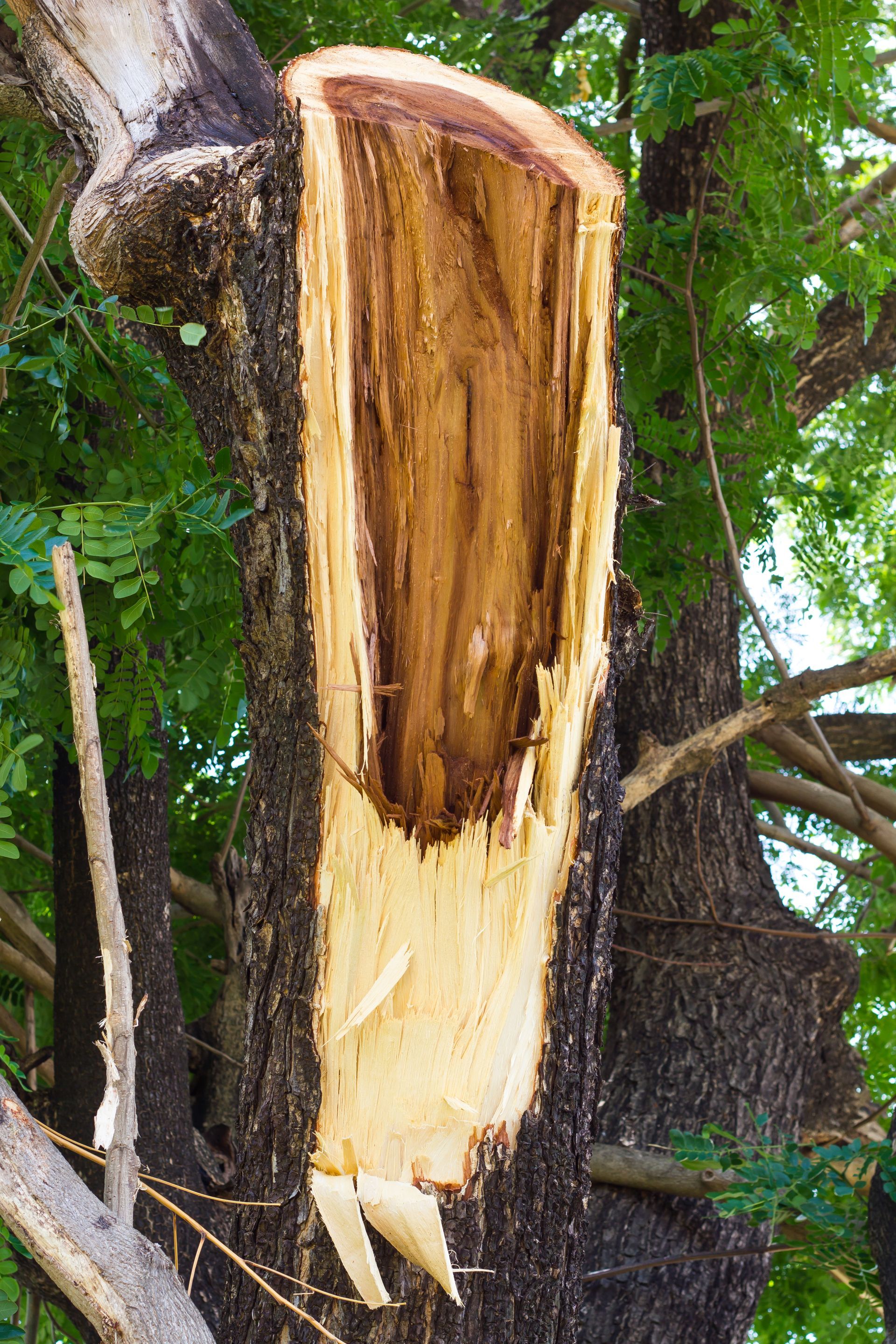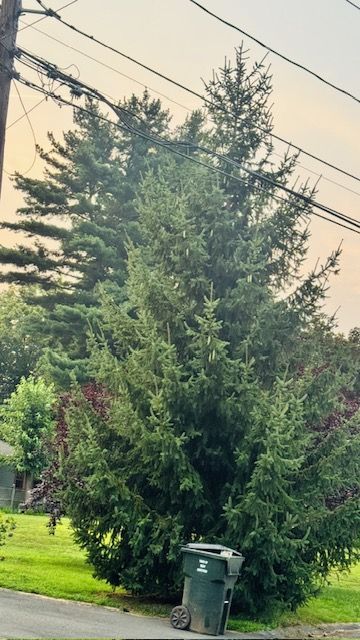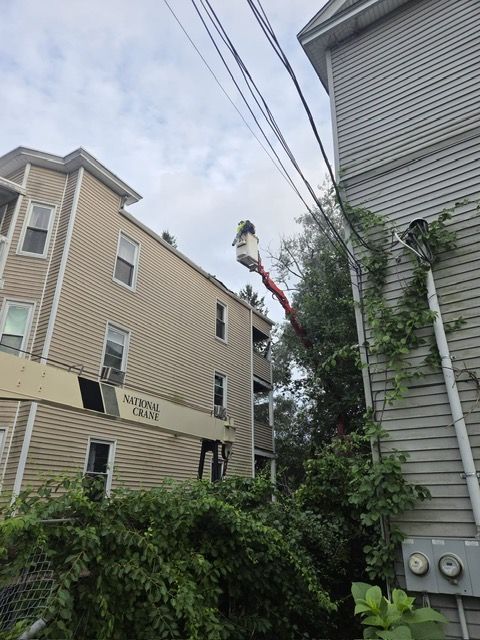Tree Trimming vs. Pruning: What’s the Difference and Why It Matters
Tree Trimming vs. Pruning: What’s the Difference and Why It Matters
"The right cut at the right time can mean the difference between a healthy tree… and a hazard waiting to happen."
Homeowners, property managers, even some landscapers often use the terms trimming and pruning like they’re interchangeable. But here’s the truth:
They’re not the same thing.
Not in purpose. Not in timing. And definitely not in impact.
Trimming is about shaping and appearance.
Pruning is about health, structure, and safety.
And understanding the difference? That’s what separates routine maintenance from real tree care.
Let’s break it down—clearly, simply, and in plain English.
🌿 What Is Tree Trimming?
Tree trimming is all about appearance and control. You’re managing growth, keeping branches neat, and maintaining a clean shape.
It’s typically used for:
- Aesthetic shaping (keeping your trees or shrubs looking sharp)
- Clearing overgrowth from walkways, driveways, or fences
- Reducing bulk in the canopy to let in more light
Think of it like a haircut: it doesn’t cure anything, but it keeps things tidy.
Best time to trim: Late winter or early spring for most species—but trimming for visibility or access can be done anytime, if done correctly.
🌳 What Is Tree Pruning?
Pruning is surgical.
It’s targeted. Intentional. And crucial.
You're removing:
- Dead or diseased limbs
- Crossing or rubbing branches
- Weak branch unions or narrow forks
- Overextended limbs that pose a break risk
Why? To promote stronger structure, longer life, and better health.
Pruning helps a tree direct energy to its healthiest parts. It prevents rot from spreading. It reduces storm damage. In some cases, it can literally save a tree that would otherwise fail.
Best time to prune: Depends on the species, but late dormant season (late winter) is safest for most. Disease-prone species (like oaks) must be pruned outside active pest seasons.
🔍 Why It Matters Which One You Choose
Here’s where things get real: bad trimming looks messy, but bad pruning can kill a tree.
Over-trimming can:
- Stimulate excessive, weak growth
- Leave stubs that invite pests
- Unbalance the canopy and cause long-term stress
Improper pruning, though? That’s worse.
- It opens the tree to disease
- It weakens structural integrity
- It can shorten the tree’s life dramatically
If someone shows up with a chainsaw and no plan, walk away.
🧠 How to Know What Your Tree Needs
Here’s a cheat sheet:
If you're thinking...You probably need...
“This looks messy and overgrown.” Trimming
“That branch looks dead or cracked.” Pruning
“I want more light in the yard.” Trimming
“This tree leans too far toward the house.” Pruning
“The branches are touching power lines.” Pruning (by a pro!)
“It’s hurricane season and I’m nervous.” Pruning
Still not sure? A certified arborist (like us!) will know exactly which strategy protects your property and preserves your tree.
⚠️ When to Call in a Pro
If your tree is tall, near power lines, or shows signs of disease—don’t DIY it.
Tree care looks easy on YouTube… until it’s not.
We’ve seen the aftermath of well-meaning homeowners with a pole saw and a dream. It’s not pretty.
Let a licensed, insured pro with actual arboricultural training handle it safely—and legally.
✅ Final Thoughts: Trim for Looks. Prune for Life.
Both tree trimming and pruning are important—but they’re not one-size-fits-all.
Trim too little, and your landscape looks wild.
Prune too aggressively, and your tree won’t recover.
The smart move? Know the difference. Know when to act. And bring in an expert who can safeguard your trees and protect your property.
📞 Need help figuring out what your trees really need?
We’ll give you straight answers and honest options—no guesswork, no pressure.
Call Boa Bloomfield Tree Service today for a tree health checkup.

